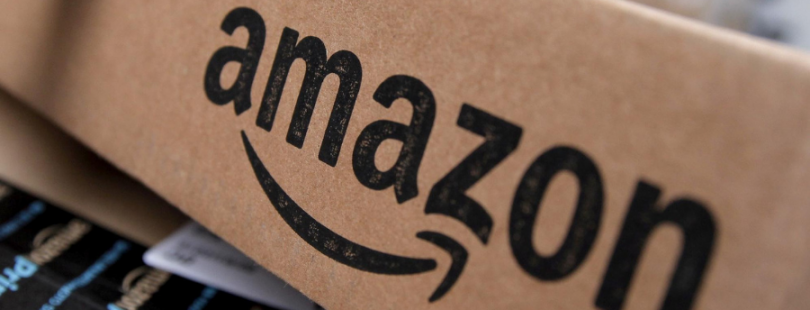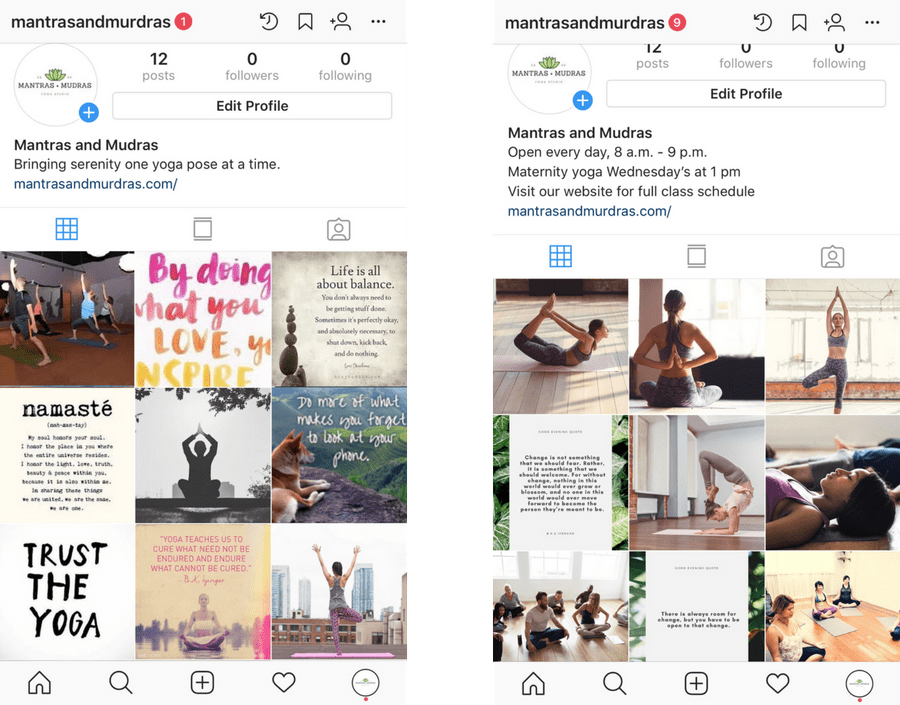The time of seasonal sales is fast approaching! For many marketers, you’ll be promoting your products on Amazon this year, and you want to get the word out. And you should! American online shoppers reported that 76% would use Amazon for most of their holiday shopping.
It’s fair to market your Amazon products, but sometimes the moves you don’t make are as important as the ones you do. The internet is chock full of bad marketing advice to boost your holiday sales via Amazon, and you need to know what to avoid.
Read on for the worst Amazon holiday marketing advice you’ll hear and why you don’t want to follow it.
Buying Amazon Reviews
The lie:
Paying for reviews is a harmless way to make sure your products are ranking higher on Amazon searches! It’s completely untraceable, and your store will get a convenient boost right before the holidays!
The truth:
Some marketing strategies are just bad news all around, and buying Amazon reviews is one of them. Ignoring the ethical issues of paying nameless internet faces to write positive reviews in exchange for money or free products, there are a lot of practical reasons to skip this can of worms.
When Amazon finds out that you’ve been purchasing reviews (and they’re Amazon, so they’ll find out), your store account will be in serious jeopardy. If you’re lucky, every single review will be deleted from your page. Yes, even the real ones. You’ll have paid for all that work and have nothing to show for it.
If you’re not lucky, your seller’s account could be closed, and suddenly you’re barred from the largest e-commerce site in the world.
Save yourself the hassle and wasted resources. You may be tempted to boost your holiday sales with some timely positive reviews, but don’t fall for that trap. Earning real reviews will better serve your business in the long run.
Sending Direct Traffic to Your Amazon Products
The lie:
Sending ad traffic straight to your Amazon store can only benefit you. Consumers who click on your ad are shown immediately how to buy from you, and you’ll generate tons of sales this way!
The truth:
Sending traffic to your Amazon page is ridiculously unlikely to be a lucrative venture. Why? Well, let’s say you put an ad on Facebook for your target demographic, and the ad takes users straight to one of your products on Amazon’s website.
What percentage of people who click on your ad are going to complete a purchase? One optimistic study puts that number at 26 percent. That’s a great number, but you’re still paying for the clicks of the other 74 percent who looked at your product and decided not to buy.
More concerning is what these users do to your Amazon ranking when they don’t make purchases. Every time someone clicks on your Amazon ad and leaves without buying, your Amazon ranking goes down. After enough clicks that don’t end in conversions, you may find your product sinking to the third, fourth, then fifth page of results, where users are unlikely to ever see it.
Ads can be a great way to make sales, but you shouldn’t put your Amazon ranking on the line. Link back to your own website or another e-commerce platform that isn’t tracking clicks and applying them to your rank. Of all the great ways to build your name on Amazon for the holidays, this isn’t one of them.
Dodge the Pitfalls
Like with many other topics on the internet, holiday marketing on Amazon is full of bad information. Don’t risk your livelihood by following poorly-thought-out advice. Now that you know what strategies won’t work, you can redouble your efforts in more reliable areas!
You know what not to do, but are you sure what the next best steps are for your business? Schedule your free consultation with The Go! Agency to make sure!
Read More
















